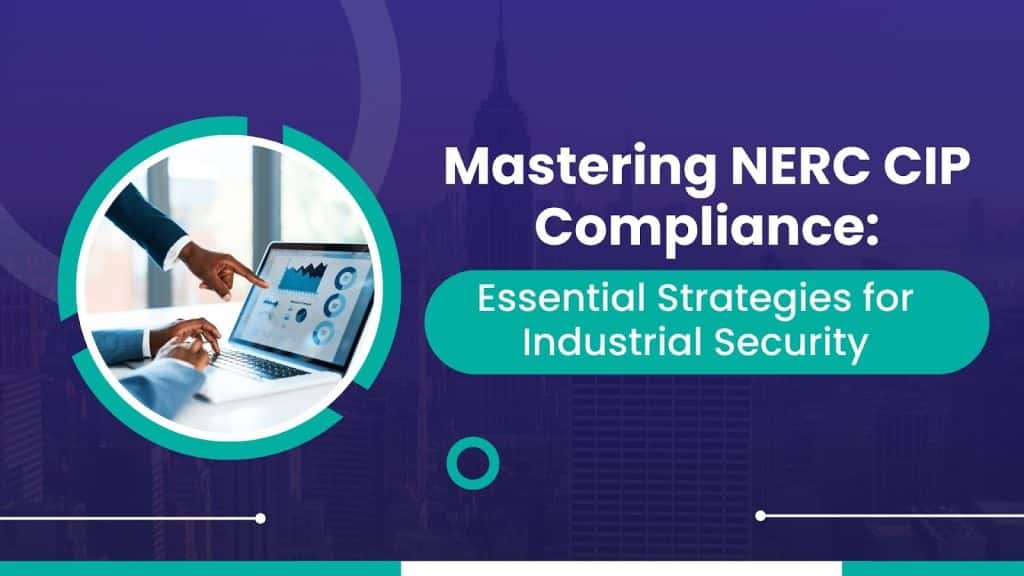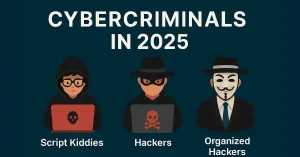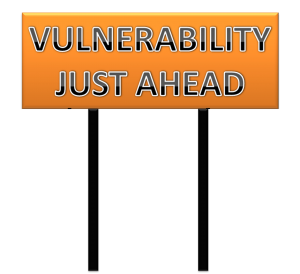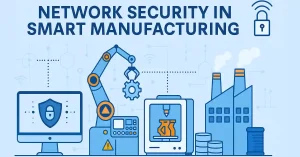Industrial control systems (ICS) play a crucial role in operating infrastructure services. These services are critical to the following:
- Public health
- Safety
- Economic vitality
However, increased connectivity has exposed these systems to growing cybersecurity risks.
Effective compliance with the NERC CIP standards is essential. NERC stands for North American Electric Reliability Corporation. Meanwhile, CIP stands for Critical Infrastructure Protection.
Complying with those standards means securing industrial control systems against cyber threats. This article explores the best practices for achieving NERC CIP compliance. At the same time, it will boost industrial security.
Understanding NERC CIP Standards
The NERC CIP standards consist of 14 requirements. It covers security management and access control. It’s also responsible for incident response. Bulk electric systems and computer systems use them.
- CIP-002 requires companies to identify their critical computer assets. It’s essential for reliable bulk electric system operations.
- CIP-003 mandates that entities have minimum security management controls in place.
- CIP-004 covers personnel and training requirements.
- CIP-005 addresses remote access protections for critical computer assets.
- CIP-006 focuses on physical security safeguards.
- CIP-007 details system security management requirements.
- CIP-008 stipulates incident reporting and response planning.
- CIP-009 covers recovery plans for critical cyber assets.
- CIP-010 requires configuration change management. It also includes vulnerability assessments.
Utilities must properly implement these requirements. Other asset owners also rely on the NERC CIP compliance as guidelines. It helps them secure industrial control systems and fulfill compliance obligations. Not only does it keep them from getting into trouble, but it also gives them peace of mind that they’re following rules that secure their business.
Developing a Comprehensive Compliance Program
A systematic compliance program provides the foundation for successful NERC CIP implementation. Key elements include the following:
- Asset management
- Maintain an inventory of all computer assets, including critical ones.
- Review connections, dependencies, and security attributes.
- Update the inventory when changes occur.
- Risk assessment
- Identify potential vulnerabilities and threats through periodic risk assessments.
- Analyze impacts and likelihoods to focus on remediation.
- Involve both IT and OT teams in risk reviews.
- Policies and procedures
- Document CIP policies, processes, and responsibilities.
- Review and update regularly as regulations and systems change.
- Seek legal review of policies.
- Training
- Educate personnel on compliance requirements and security best practices.
- Verify skills and knowledge through exams.
- Provide role-based training on:
- Policies
- Computer hygiene
- Incident response and more.
- Update training at least annually.
- Change management
- Manage modifications of hardware, software, and configurations.
- Do so through a structured change control process.
- Analyze security impacts of changes.
- Test changes in sandboxes before deployment.
- Audit Regime
- Conduct regular internal audits to validate controls and identify potential gaps.
- Perform spot checks and mock audits for practice.
- Use audit findings to keep improving.
- Leadership involvement
- Ensure management provides adequate resources.
- Management should track compliance activities.
- Update leadership or management regularly.
Implementing Effective Access Controls
Source: Pexels
Restricting access to critical cyber assets is fundamental for security. Best practices include:
- Allowing only authorized users with unique credentials and logging all access. Require strong passwords to be changed periodically.
- Disabling inactive accounts and revoking access after terminations. Audit account permissions regularly.
- Controlling remote access through VPNs, multi-factor authentication, and network segmentation. Allow only temporary access.
- Securing any third-party connections with defense-in-depth safeguards. Examples of these are firewalls, intrusion prevention, and activity monitoring.
- Encrypting removable media and prohibiting unauthorized devices. Lock down USB ports if not required.
- Monitoring access attempts, account usage, and remote connections using log correlation tools. Set alerts on anomalies.
- Ensuring the principle of least privilege in access permissions. Approve temporary escalations cautiously.
- Apply software whitelisting to limit unauthorized applications.
- Securing physical access to cyber assets with layered controls. Examples of these are:
- Fences
- Alarms
- Video surveillance
- Security guards
Rigorous access management controls help organizations reduce the risk of cyberattacks. This is especially true for those related to unauthorized access.
Read Also: Shielding Your Transactions: A Cybersecurity Approach to LLC Business Banking
Ensuring Proper Documentation and Reporting
Extensive documentation demonstrates compliance. It’s also improving response capabilities:
- Record retention: Store these items:
- Audit logs
- Change records
- Training info and other evidence
Retain per NERC’s retention periods.
- Reporting: Report cybersecurity incidents, breaches, and vulnerabilities. The ES-ISAC is the place to do so. ES-ISAC refers to the Electricity Sector Information Sharing and Analysis Center.
- Disaster recovery documentation: Document recovery plans and capabilities for timely restoration.
- Evidence files: Compile evidence of compliance activities in well-organized files for auditors.
Key Takeaways for NERC CIP Compliance
- Develop a comprehensive, well-documented compliance program.
- Assess risks thoroughly and apply security controls diligently.
- Restrict and track access tightly per the principle of least privilege.
- Maintain meticulous documentation to show compliance.
- Implement rigorous change control and vulnerability management.
- Promote a culture of security through training and accountability.
Following these best practices reduces risk exposure. At the same time, they satisfy NERC CIP compliance obligations. Ultimately, it strengthens industrial control system security.
FAQs
What is the scope of NERC CIP compliance?
NERC CIP standards apply to the following:
- Bulk electric system owners
- Operators
- Users with critical cyber assets essential to reliable operations
Requirements scale based on asset criticality and connectivity characteristics.
What are the penalties for non-compliance?
The Federal Energy Regulatory Commission can impose fines. It can go up to $1 million per violation. It stacks per day for serious non-compliance. Lesser penalties apply for moderate-risk violations.
How can companies ensure full compliance?
- Performing comprehensive risk assessments
- Implementing security controls commensurate with risks
- Documenting rigorously
- Auditing regularly
These practices are keys to ensuring compliance operations. Engaging compliance experts can also help.
Read Also: Network Redundancy Solutions: Ensuring Uninterrupted Connectivity Through Redundant Cabling
Key Takeaways for NERC CIP Compliance
Effective NERC CIP compliance is crucial. It helps secure industrial facilities against escalating cyber risks. Asset owners can satisfy regulatory obligations by:
- Implementing robust security controls
- Maintaining meticulous documentation
- Fostering a culture of compliance
At the same time, they can harden their defenses against threats. Mastering NERC CIP standards takes dedication and vigilance. But the payoff is resilient critical infrastructure and reduced risk.
Read Also: The Future of Home Internet: Exploring Frontier Communications FiOS’s Advanced Technology





